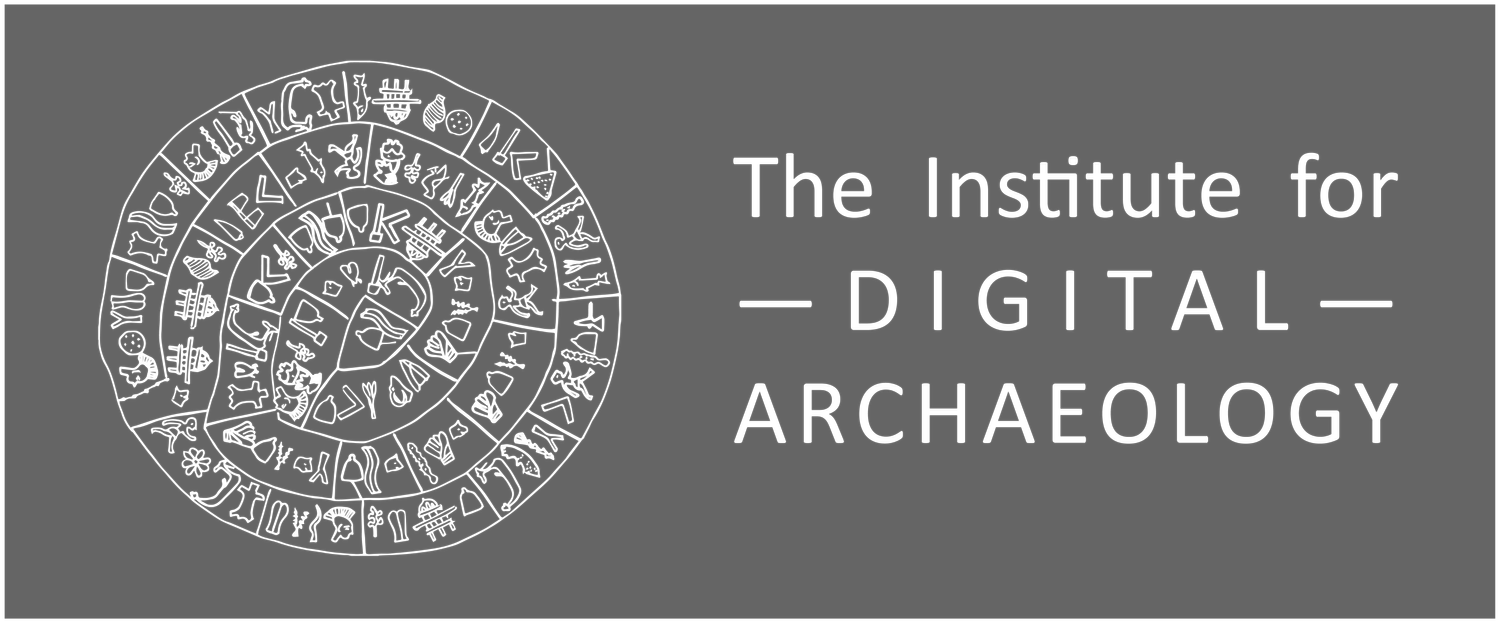Aerial Survey of Heritage Sites
As UNESCO recently concluded at their 2019/2020 summit on climate change: “World Heritage properties are significantly affected by the impacts of climate change at present and in the future. Their continued preservation requires understanding these impacts and responding to them effectively.” The IDA’s survey program is aimed squarely at “understanding the impacts” of global warming – and the ancillary climate changes it will occasion – on often fragile ancient structures. Heritage properties can serve as “climate change observatories” to gather and share information on monitoring, mitigation and adaptation practices.
Beyond that, however, the IDA’s survey program is also focused on exploring the technology of old buildings and the lessons that they have to teach about sustainability in adverse climates. As UNESCO has observed: “Cultural heritage can convey traditional knowledge that builds resilience for change to come and leads us to a more sustainable future.” There is much forgotten knowledge in these ancient sites.
Finally, beloved sites, because of their unique public profile and community connections, help raise awareness on the impacts of climate change on human societies, biodiversity and complex ecosystems. They are their own ambassadors for preservation and education.
The IDA, in partnership with domestic and regional partners, will carry out aerial surveys of key sites in Northern Syria for the purpose of assessing the impact of climate change on a varied range of historic structures. This initial project is intended to be merely an initial test of equipment and techniques in preparation for a far more comprehensive regional survey that will ultimately combine remote sensing with real time imaging to be carried out in 2021.
All of the target sites lie within the extremely threatened Idlib Governorate. The proposed photogrammetric documentation will be carried out primarily with drones – augmented in some cases with terrestrial cameras. The images will be used to create detailed 3D models of key structures on these sites for the purpose of establishing physical benchmarks and monitoring change over time.
In addition to the principal project goal of creating a technical framework for a long-term climate change impact survey, the project will also offer a number of ancillary benefits, including training local archaeologists to photo-document archaeological sites and monuments, creating 3D digital models of community sites for local use, and connecting local archaeological organizations with regional NGOs.
Other goals include:
- Creating an open-access database to store and manage 3D images collected in the project so that it may be continuously updated;
- Preparing emergency studies for the affected areas;
- Establishing necessary protection/stabilization projects;
- Identifying structures in need of immediate remediations
- Documenting collateral features of archaeological sites, including especially the topographic mapping of damaged walls.
All work is expected to be completed on or before October 1, 2020, but timetables may be revised as a result of the current global health crisis.





